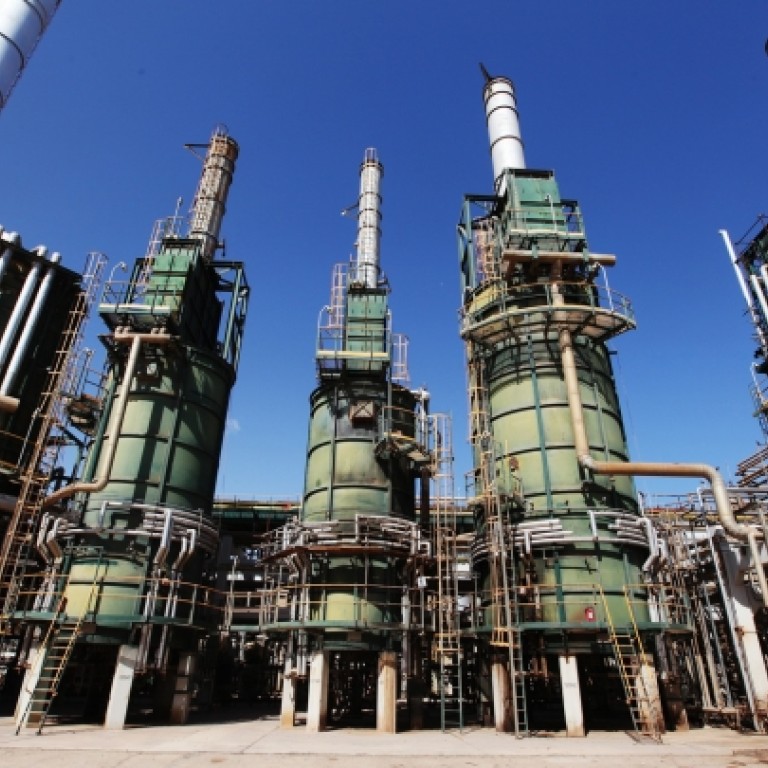
Pressures push oil above US$100
Key mark breached on expectations of sharp drop in US stocks and Middle East tensions
US oil prices surged past the US$100 per barrel mark to hit a 14-month high yesterday as traders bet on a sharp drop in crude inventories in the US, the world's top consumer, and tensions in the Middle East also supported prices.

"Middle East tensions are always going to put a cushion under the price, while there is some tight supply going on in the US," said Ben Le Brun, an analyst at optionsXpress in Sydney. "It's double positive news for crude."
US oil was up US$1.75 at US$101.35 a barrel after rising to as high as US$102.18 earlier in the day. Brent rose 81 US cents to US$104.81 after hitting a high of US$105.61 a barrel.
Both benchmarks gained for a third consecutive day, drawing support from geopolitical tensions. Libyan oil output fell by a third after protesters shut several oilfields.
Yusuke Seta, a commodity sales manager at Newedge Japan, said traders were priming for better US jobs data, due tomorrow.
Technical charts pointed to higher oil prices after US crude futures rose more than expected, breaking several resistance levels, Seta said.
"Investors are taking more risks and are getting ready for Friday's non-farm payroll [data]," he said.
Brent's premium to West Texas Intermediate crude hit a low of US$3.09, the weakest since December 2010. The spread may narrow further on a drop in US inventories.
US crude inventories fell 9.4 million barrels last week, the American Petroleum Institute said on Tuesday. Statistics from the US government's Energy Information Administration were due out later yesterday.
Projects aimed at moving crude from the over-supplied distribution hub of Cushing, Oklahoma, to refineries on America's Gulf coast would reduce the cost of transporting crude to refiners and help close the price gap between Brent and WTI, analysts at National Australia Bank said in a note.
But a slew of weak data from China, which has stoked worries about the outlook for demand from the world's No2 oil consumer, may keep a lid on prices.
A survey showed that growth in China's services sector sagged to its weakest pace in nine months last month. That comes on the heels of two surveys that showed the country's manufacturing growth plumbed multi-month lows last month as foreign and domestic demand waned.

